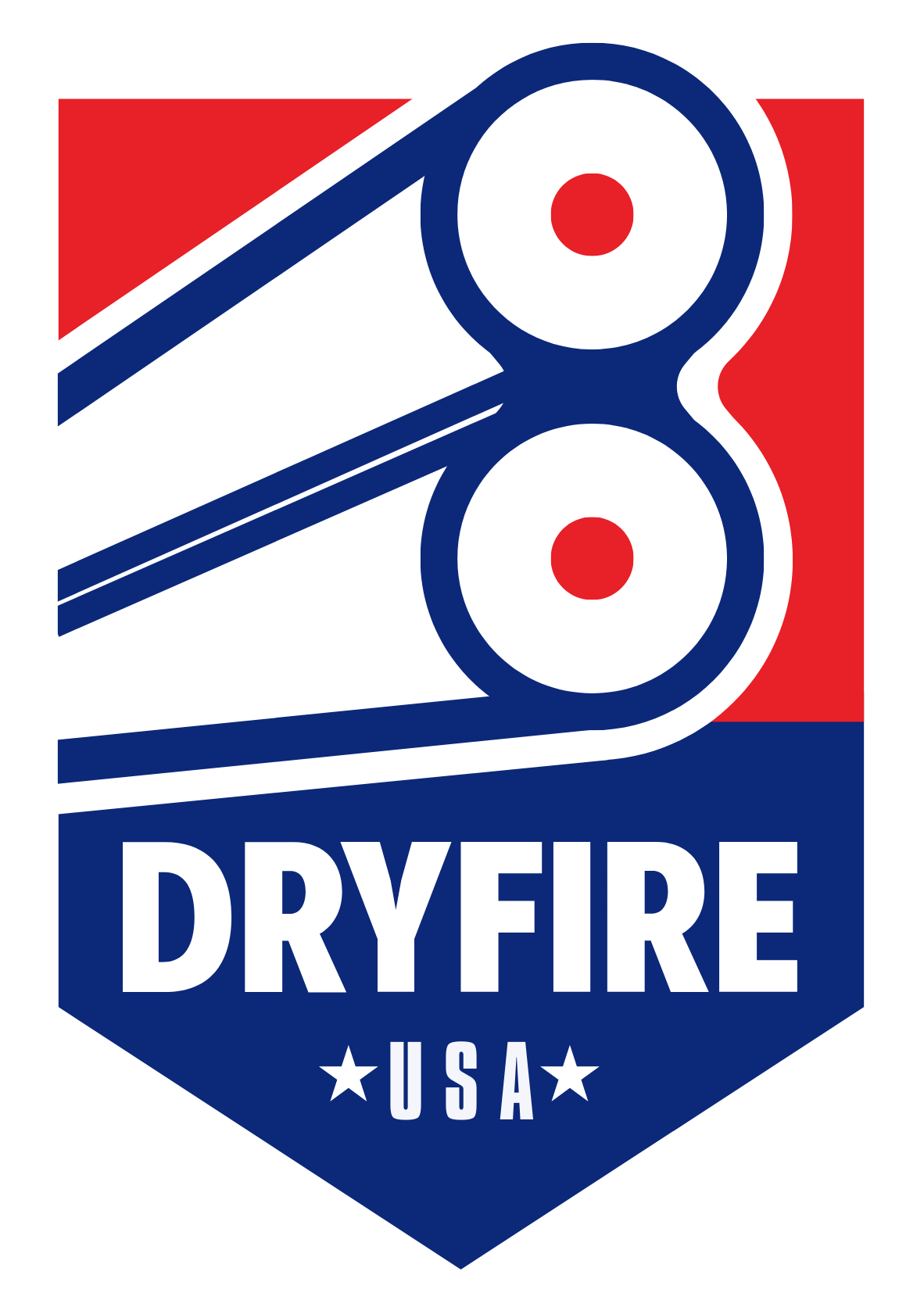Remember that DryFire provides two things:
• Accurate angular speed
• Accurate angular target trajectories
To hit a DryFire target you need the same angular lead as on the range. If we talk about lead in terms of yards we all know that this will depend on a number of factors:
• The speed of the clay
• The angle of the clay’s path to the shooter – crosser’s require maximum horizontal lead, driven targets require no horizontal lead
• The distance the clay is away – it takes time for you to squeeze the trigger, for the gun to fire and for the shot string to reach the clay’s distance.
A close-in target will require you to swing much faster but the lead required will be less than for a target further away when you will be swinging much slower.
It is tempting to think that many of the clays we shoot at perform a large graceful arc in flight. In most cases this is not the case for two reasons:
• Clays are not missiles – their shape means that they actually “fly” through the air. At the start of their flight, when they are edge-on to the direction of flight, they perform like missiles, but as their energy decays and they reach the top of their flight, they begin to slow down and fall as they become belly-on to the direction of flight.
• Many of the clays we shoot at (particularly Trap and Skeet) do not reach great heights – 12 feet or so for trap and 14 feet, for skeet. If our eye position is about 5 feet, then it is obvious that we do not have to look up much to see the clay at the top of its flight path.
